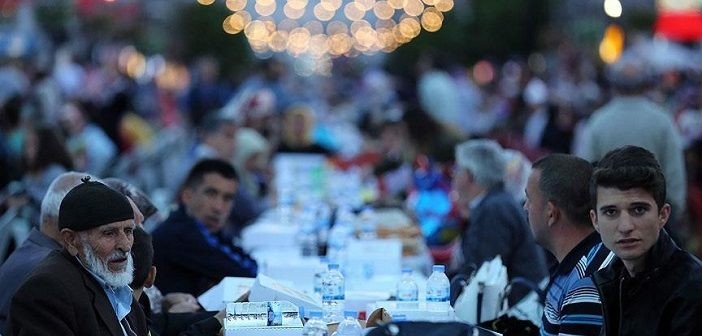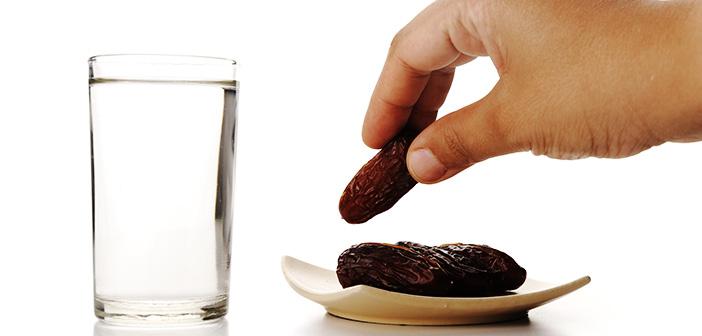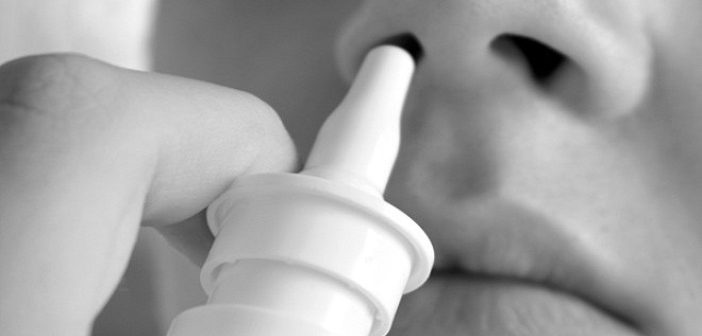
To Perform Tawaf Al Ifada (Tawaf Al-Ziyarah)
What is the to perform tawaf al ifada? What is the tawaf al ziyarah?
The word tawaf lexically means "to turn or to walk around something”. In terminology, it means to visit the Ka’bah and turn around it seven times. Each one of these turns is called a “shawt”. Tawaf must be done around the Ka’bah. This requirement is based on the following verse: “and let them walk [once again] around the Most Ancient House (the Ka’bah)."[3]
Tawaf al-ifada is performed on the day of Festival of Sacrifice when one comes to Masjid al-Haram after having performed waqfa in the Plain of Arafat. It is also called the circumambulation of visiting (tawaf al-ziyarah).
It is not permissible to postpone tawaf al-ifada without a legitimate excuse and without performing this tawaf, hajj will not be complete. Women who are menstruating perform this tawaf after their menses ends.
The Conditions of Tawaf
- Concealment of those private parts which must be concealed during ritual prayer. If one performs tawaf al-ifada without covering the private parts, his tawaf will be invalid.
- Being free of both hadath and khabath, as in the case of ritual prayer. One cannot be in major or minor ritual impurity, menstruating, or experiencing postpartum bleeding. There should not be any material impurity on his body and clothes.
- Intending to perform the circumambulation. This is only a condition for a circumambulation, which is neither a pillar of the hajj nor the circumambulation of arrival; in these two situations, by contrast, no intention is required since the intention to perform the major or minor pilgrimage to Mecca is sufficient. The intention to perform the circumambulation must coincide with one’s being opposite the Black Stone; if someone forms this intention after passing the Black Stone, his circumambulation will only be counted from the time he passes it again. However, if one returns to a position opposite the Black Stone after forming this intention, the circumambulation will count from that point onward.
- Keeping the Ka’bah to one’s left throughout the circumambulation and facing forward. The pilgrim must keep his or her entire body away from the wall of the Ka’bah, the shadharwan, and from the hijr. If someone steps on the shadharwan or touches the wall while passing by, or if he steps inside the hijr from one end and exits through the other, his hajj will be invalid. Similarly, one’s circumambulation will be invalid if one faces the Ka’bah directly, faces directly away from it, performs the circumambulation with the Ka’bah to his right, or walks around backwards with the Ka’bah to his left.
- Beginning one’s circumambulation of the Ka’bah with part or all of one’s body opposite the Black Stone from one’s left side. In other words, no part of one’s body should be ahead of any part of the stone. If one begins the circumambulation of the Ka’bah at any other point, the distance covered before one reaches the Black Stone will not count. Once one has come around again to the Black Stone, one begins a new circuit, at which point it is necessary to be opposite the Black Stone again in the manner described above.
- Being in the Sacred Mosque or its immediate environs. Hence, one’s circumambulation will be valid so long as one is inside the Sacred Mosque, in the air surrounding it or on its roof; this applies even if one is elevated above the Ka’bah, and even if there is a barrier of sorts between the Ka’bah and the person performing the circumambulation.
- Being certain that one has performed seven complete circuits of the Ka’bah; if any of the seven is omitted, one’s circumambulation will be invalid.
- Not interrupting one’s circumambulation in order to do something else; if one does so, the circumambulation will be invalidated.











